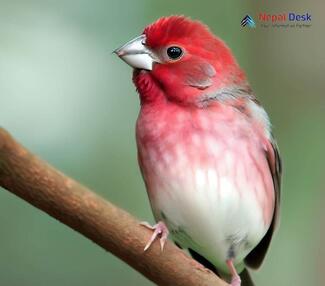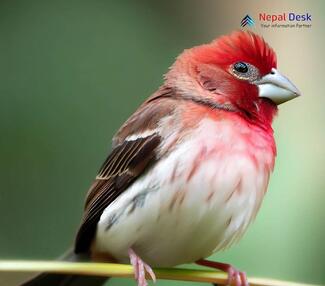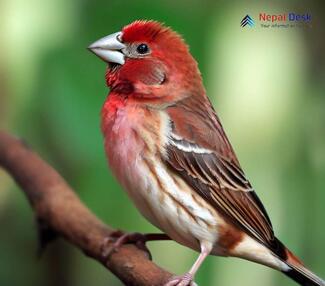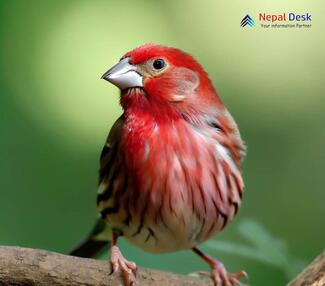The breathtaking landscapes and diverse wildlife of Nepal are an enchanting combination for any nature enthusiast. Among the various bird species inhabiting this beautiful region, the Common Rosefinch (Carpodacus erythrinus) is a delightful sight, adding a burst of color to the Nepalese skies. This vibrant bird is certainly worth learning about, especially for those planning to visit or explore Nepal's rich biodiversity. Let us look at the various aspects of this vibrant bird:
A Colorful Specimen
The Common Rosefinch, also known as the Scarlet Rosefinch, is predominantly recognized for its striking plumage. Male birds proudly display deep red feathers across their head, breast, and back, while their wings and tail are characterized by contrasting brown tones. Females and juveniles, on the other hand, don a more subdued attire with olive-brown hues throughout their feathers.
Habitat and Distribution
Nepal boasts a substantial population of Common Rosefinches, particularly in regions boasting both temperate and subtropical climates. They can be found at varying altitudes ranging from 900 meters above sea level up to 3,500 meters during summertime. Abundant in mixed forests dominated by pines and rhododendrons, as well as shrubby open spaces and gardens, these birds are conveniently visible for keen bird watchers pondering a visit to the area.
An Insight into Their Behavior
Common Rosefinches are primarily granivorous in nature, relying heavily on seeds as their primary food source. However, they also indulge in insects and small invertebrates during the breeding season. As for their nesting habits, they prefer placing their nests low on shrubs or small trees to maximize protection against predators.
When it comes to vocalization, males display an enchanting song consisting of a series of whistles and trills that attract females during mating season. Despite being relatively small birds – roughly the size of a House Sparrow – their melodic singing effortlessly fills the air and adds charm to Nepal's wilderness.
Conservation Efforts
Although the Common Rosefinch population is currently thriving, it is essential to continue preserving their natural environment. As awareness grows around the importance of protecting bird habitats, responsible tourism plays a crucial role in maintaining Nepal's rich avifaunal heritage. By promoting eco-friendly tourism practices, we can all contribute towards safeguarding the endearing Common Rosefinch for future generations to appreciate.
In Conclusion
Nepal's vibrant birdlife is undoubtedly one of its many incredible features. Among these, the Common Rosefinch stands out as a captivating specimen that captivates nature enthusiasts and casual observers alike. Exploring their habitat, behavior, and conservation provides visitors with an even more profound appreciation for Nepal's extraordinary biodiversity. So next time you embark on a Nepalese adventure, be sure to keep an eye out for these charming birds peppering the skies with their distinctive hues.




